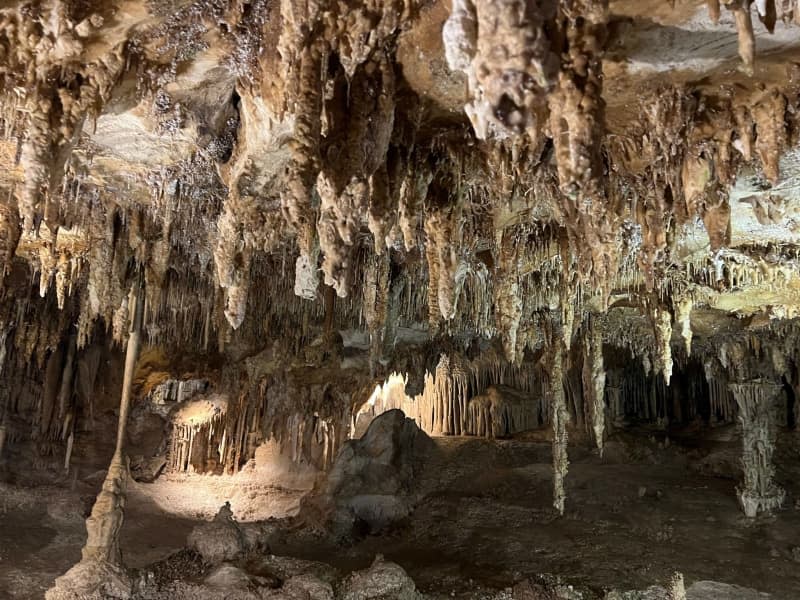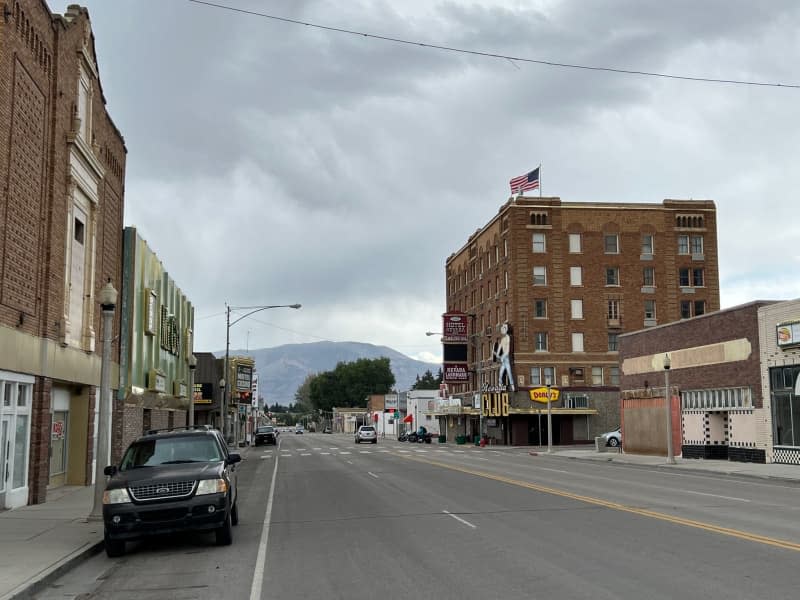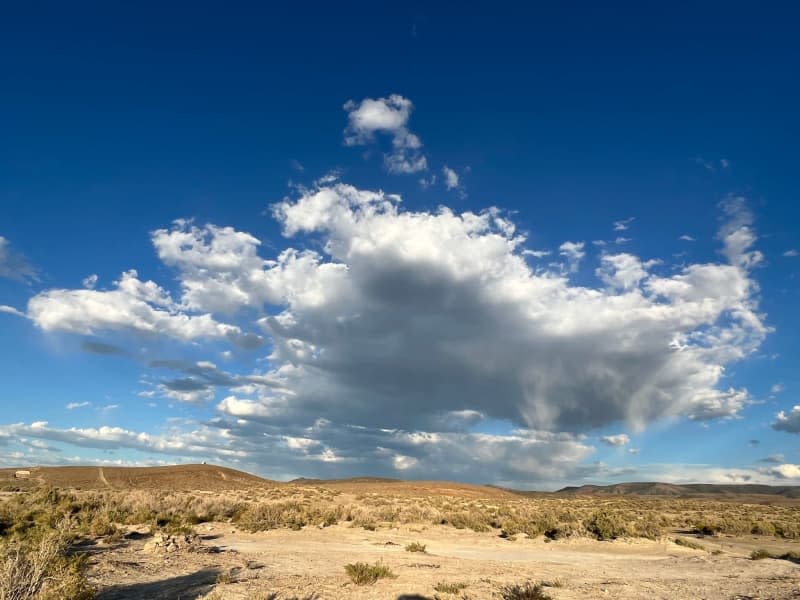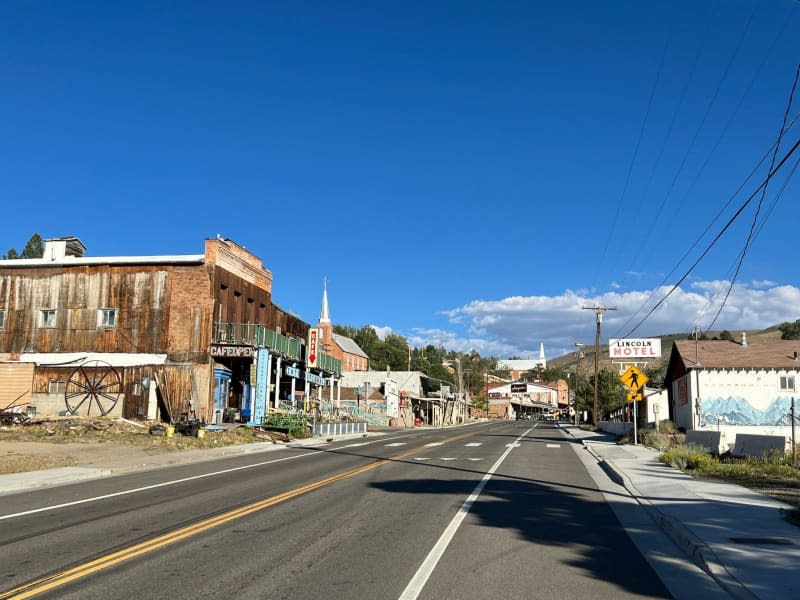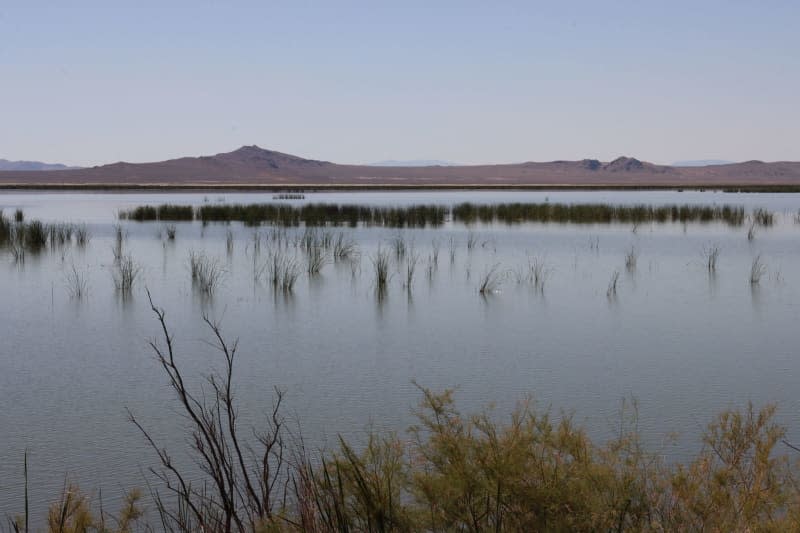Is Nevada's Highway 50 really the loneliest road in the US?
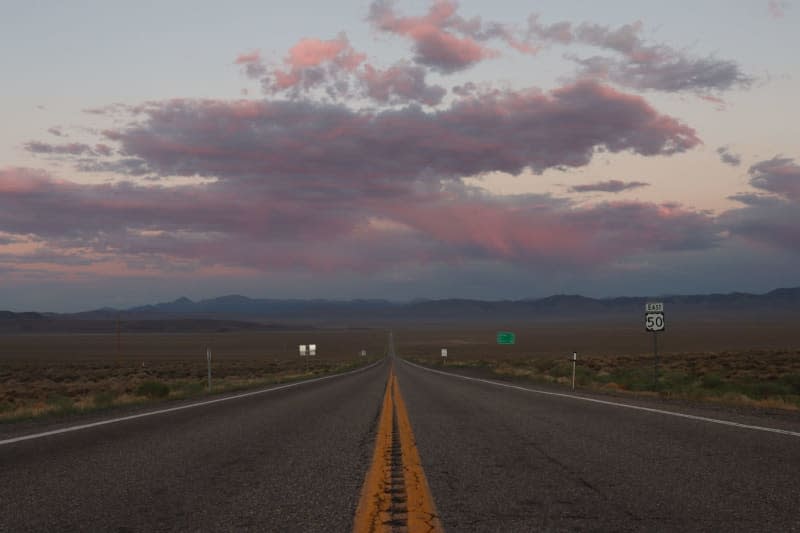
Taking a road trip across the US state of Nevada from Carson City to Ely on Highway 50 offers a unique journey through endless nothing.
Some may say it's like embracing the emptiness.
Nearly 40 years ago, Life magazine dubbed Nevada's Highway 50 the "Loneliest Road in America" and claimed it had "no points of interest." It also warned travellers to be sure of their "survival skills" if they chose to venture out on the desolate 600-kilometre stretch.
The highway winds through small towns like Fallon, Austin and Eureka, places even few US residents have ever heard of, each with just a few hundred residents, marking the only civilization along the route.
It crosses deserts, mountains and valleys, with the highest point at Wheeler Peak in the Great Basin National Park. The journey runs from west to east through the only US state where gambling is legal - and no, this road does not lead to Las Vegas.
Why you should be sure of your "survival skills."
The weather can be extreme - ranging from intense heat in the summer to icy winds in the winter.
In summer, it is scorching hot on the road, so the numerous signs urging drivers to put on snow chains seem strange.
But, as the residents along the road assure us, it is freezing in winter, especially when the wind is whistling across the prairie at more than 100 kilometres per hour.
This must have been the experience of gold seekers on their way to the California gold rush about 150 years ago. They often camped in Dayton, a small village not far from Carson City, where they waited until the snow in the Sierra Nevada mountains melted before continuing their trek to the West Coast.
Fallon, the next stop on the road, throws you for a loop. The cows grazing on lush, green pastures will make you question reality.
"And yet we are right in the middle of it, it rains less than 250 millimetres a year," says Carl E. Lunderstadt, manager of the Stillwater National Wildlife Refuge. The nature reserve, for which Lunderstadt is responsible, looks like a small oasis surrounded by mountains.
"Migratory birds in particular stop here on their way from the Pacific to the south," he reports. Insects buzz around, and in the distance, a coyote looks curiously at the visitors.
A roadhouse with legendary burgers
The journey continues along Highway 50, stretches flat across the landscape for kilometres without any curves in sight. There are no houses or people here - and no mobile phone reception.
In the distance, something appears - Middlegate Station, a relic straight out of a Wild West film set. It's a crooked building with rusty cars from times gone by parked outside.
There aren't many roadhouses like this one left in the United States. Cheyenne Hamilton is the manager of Middlegate Station, which also serves as a motel and camp ground.
The ceiling of the restaurant is littered with dollar bills. "When the men used to come back from the mines, they would pin a note to the ceiling to pay for their breakfast the next morning," she says.
That's because they had a habit of blowing their wages on a heavy night of drinking.
There's more! Middlegate Station has a monster burger challenge. If you can polish off their 600-gram burger - you win a T-shirt or baby monster onesie.
Return to civilization
Ely, home to a bustling 4,000 residents, marks a return to civilization. With its large supermarket and hotels, it seems almost like a big city after days in the sparsely populated desert.
It is also the starting point for many excursions. Stargazers can take the train out into the prairie in the evening and look up at the sky undisturbed by city lights.
About an hour away is the Great Basin National Park, one of two such protected areas in Nevada.
Another major attraction of the park lies underground: The Lehmann Caves are a series of caves that reach far into the mountains.
"There are stalactites and stalagmites, shield and rock formations, insects and endemic animals in the sensitive ecosystem," says ranger Maya Akpinar. That's why she urges visitors not to touch anything and to move with caution.
Bats and spiders can be found here, as well as a so-called pseudoscorpion that only lives in these caves. They were designated a national monument in 1922 and have been part of the national park system since 1986.
The journey along Highway 50 in Nevada ends at the Great Basin National Park. The state border with Utah is just outside the town of Baker. The road continues in Utah, but it is no longer considered lonely.
Is Nevada's stretch of Highway 50 the loneliest road in the United States?
There are certainly similarly empty stretches on other highways in this huge country, but these 600 kilometres are a special route through an unrivalled landscape.
You should probably have a bit of courage and always have enough gas in the tank, as well as the desire to talk to the locals. Because they have countless stories to tell.
